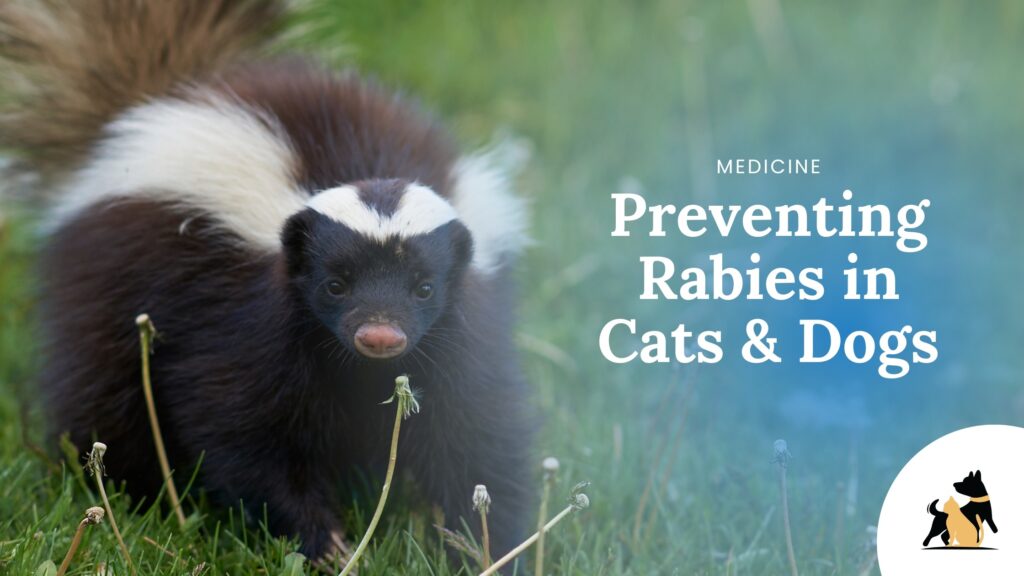How to Prevent Rabies in Dogs and Cats

Rabies is a deadly viral disease that targets the nervous system of mammals, including pets like dogs and cats, as well as humans. Once symptoms develop, rabies is almost always fatal, making it a critical public health concern that has persisted for thousands of years. In July 2024, the Minnesota Board of Animal Health reported […]
Preparing Your Dog for Fireworks During the 4th of July

The 4th of July is a time of celebration, but for many dogs, the fireworks can be a source of extreme stress and anxiety. Preparing your furry friend in advance can help minimize their fear and ensure a safer and more enjoyable holiday for both of you. Here are some tips to help you prepare […]
10 Beach Safety Tips for Dogs

Taking your dog to the beach can be a fantastic way to enjoy the outdoors and spend quality time together. However, just like humans, dogs need specific care and precautions to stay safe while having fun in the sun and surf. Here are 10 essential beach safety tips for your dog to ensure a great […]
Pet-Friendly Plants to Spruce Up Your Space

Having a pet shouldn’t mean giving up your dreams of a vibrant, plant-filled home. Many beautiful and interesting plants are safe for curious cats and playful pups. So, ditch the plastic ferns and fake flowers, and let’s add some life to your living space! Low-Light & Low-Maintenance Plants Snake Plant (Sansevieria) Spider Plant (Chlorophytum comosum) […]

















